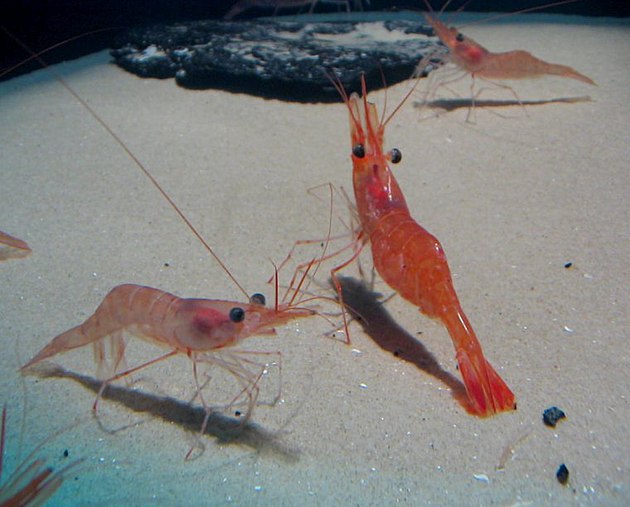As an occasional meat eater, I sometimes pause to consider how that steak ended up on my plate. In a world where transparency and ethics are gaining importance, an increasing number of us are beginning to delve into the intricacies of the food we consume. Disturbing footage from inside slaughterhouses and farms reveals a darker side of the food industry—one that many consumers remain unaware of.
Here are 10 of the most disturbing practices in intensive farming—unsettling realities that might just make you reach for vegetables for the next few weeks, or at least, reflect more deeply on where your food comes from.
1. Eye Removal in Shrimp Farming
To meet global demand, shrimp farms often resort to a barbaric practice known as eyestalk ablation—the removal of one or both eyes from female shrimp to increase their reproductive rates. This process is done without anaesthesia and inflicts severe pain and trauma. Although small, crustaceans are sentient and can feel pain, making this practice especially cruel.
2. “Chicken Cannons” and Growth-Boosting Drugs
In some industrial chicken farms—like one in Mayenne, France—chickens are pumped with growth accelerators that cause deformities, lameness, and premature death. To speed up transport to slaughterhouses, a device nicknamed the “chicken cannon” literally shoots live birds into crates. Efficiency, it seems, often comes at the cost of dignity and life.
3. Live Castration of Piglets
Pig farming in many countries still involves castrating piglets without anaesthesia—a painful and traumatic experience. Tails are docked, teeth are clipped or filed, and the pigs are kept in overcrowded pens where stress and aggression lead to self-mutilation. Nearly one in five pigs dies before reaching the slaughterhouse due to these harsh living conditions.
4. The Final Moments of Chickens
After living short, confined lives, broiler chickens are slaughtered en masse. The process begins by hanging them upside down, followed by stunning—through electrical baths, gas chambers, or blunt force—before beheading. Malfunctions or haste can leave some birds conscious during slaughter, adding to the horror of their final minutes.
5. Calf Isolation and Induced Anemia
Veal production often involves separating calves from their mothers at birth and confining them to tiny pens to prevent muscle development, which keeps the meat tender. They’re fed an iron-deficient diet to produce pale flesh, leading to widespread anaemia and weakness. Many struggle to walk when they’re eventually led to slaughter.
6. Dehorning and Tail Docking in Cattle
In cramped farming conditions, injuries between cattle are common. Instead of providing more space, farmers often remove horns and dock tails—procedures frequently done without anesthesia. Tails, which cows use to swat flies and communicate, are cut with shears, often leaving them in pain and distress.
7. The Hidden Horrors of Fish Farming
Aquatic animals are often overlooked in conversations about farm animal welfare, but fish suffer immensely too. In some salmon farms, fish are violently handled, thrown, mutilated, or left to suffocate in dry tanks. Overcrowding leads to disease, cannibalism, and constant stress. Identification notches cut into fins are painful and unnecessary.
8. Chick Disposals in Hatcheries
In 2016, a hatchery in Brest, France came under fire for killing up to 50,000 chicks a day deemed unfit for egg production. The methods? Suffocation in plastic bags or live grinding. These practices—cheaper than humane alternatives—saw the remains sold as feed or mixed with manure.
9. Foie Gras: Force-Feeding and Female Duckling Slaughter
To make foie gras, female ducklings are culled immediately after birth, as only males are used. Survivors are force-fed several times a day with powerful pumps that enlarge their livers up to 10 times their natural size. The process causes extreme pain, labored breathing, and often fatal liver conditions.
10. Drug Use in Factory Farms
Because of overcrowded, unsanitary environments, farmed animals are routinely given antibiotics and medications just to survive. This creates not only ethical concerns but also health risks for consumers—meat often contains traces of these drugs, contributing to growing antibiotic resistance in humans.
Final Thoughts
Industrial farming practices often prioritize profit over ethics, speed over compassion. While not everyone is ready to go vegetarian or vegan, being informed about where your food comes from is a vital first step. Whether it’s reducing meat consumption, supporting ethical farms, or advocating for animal welfare laws—every conscious choice counts.


